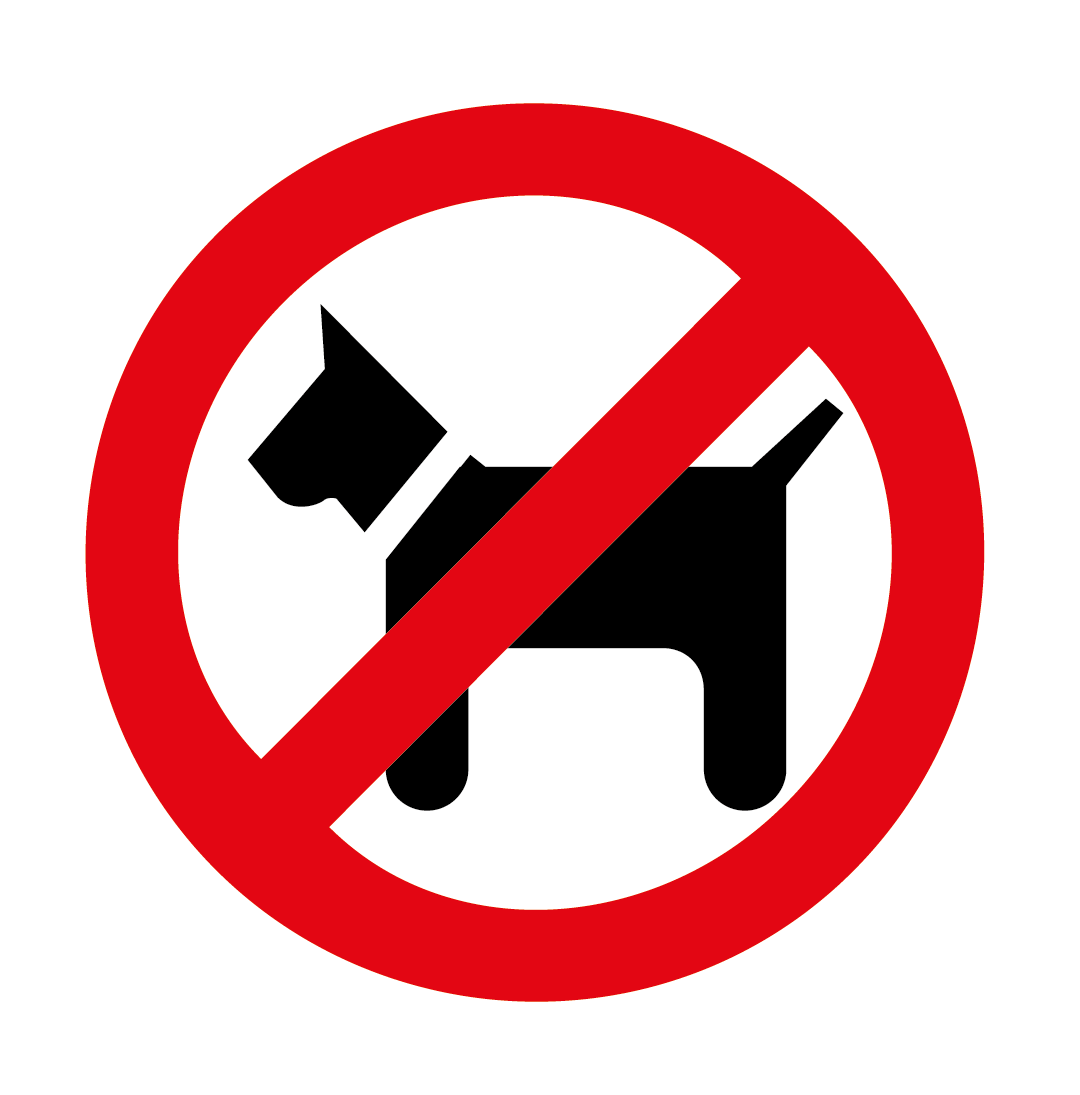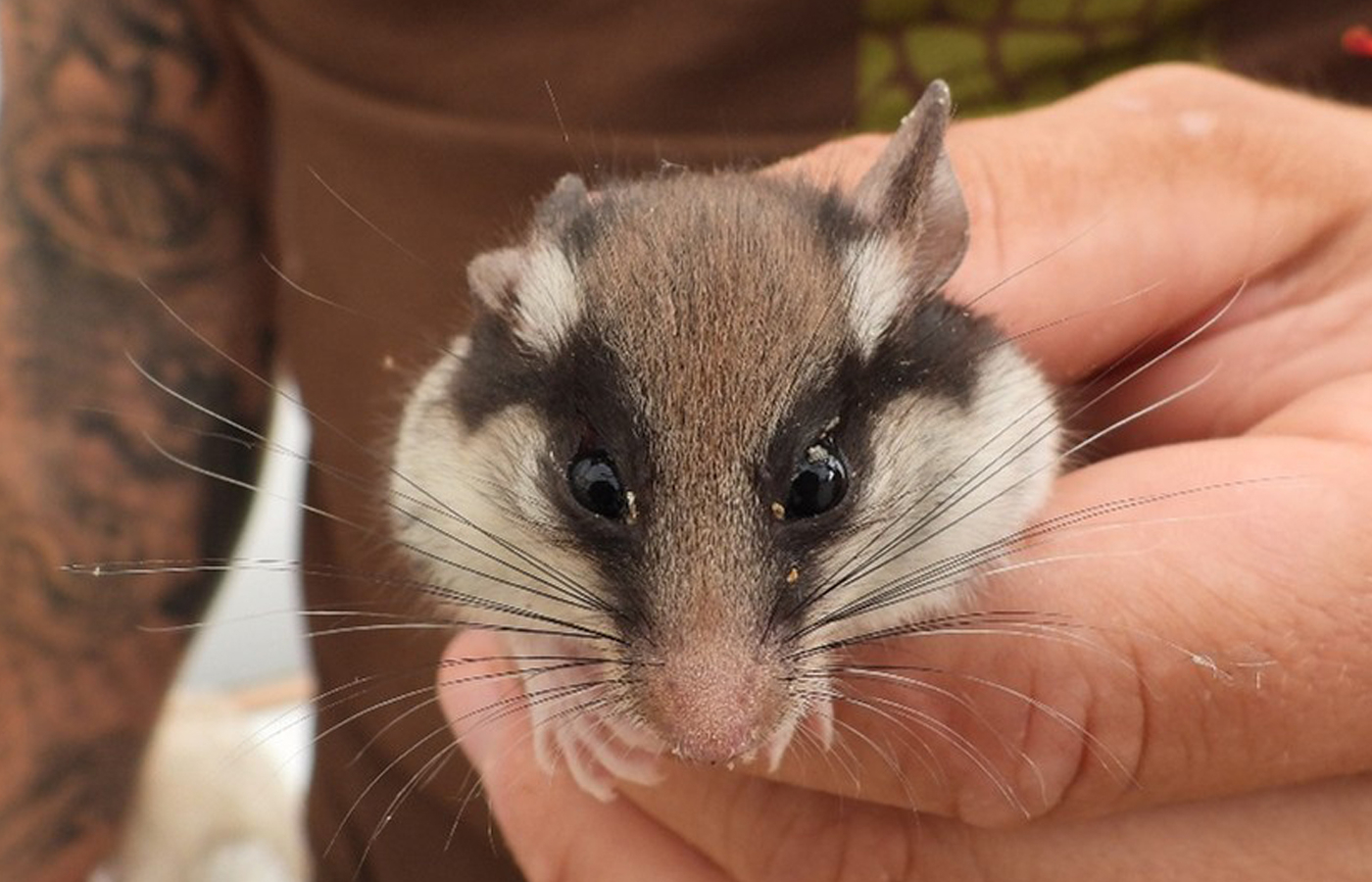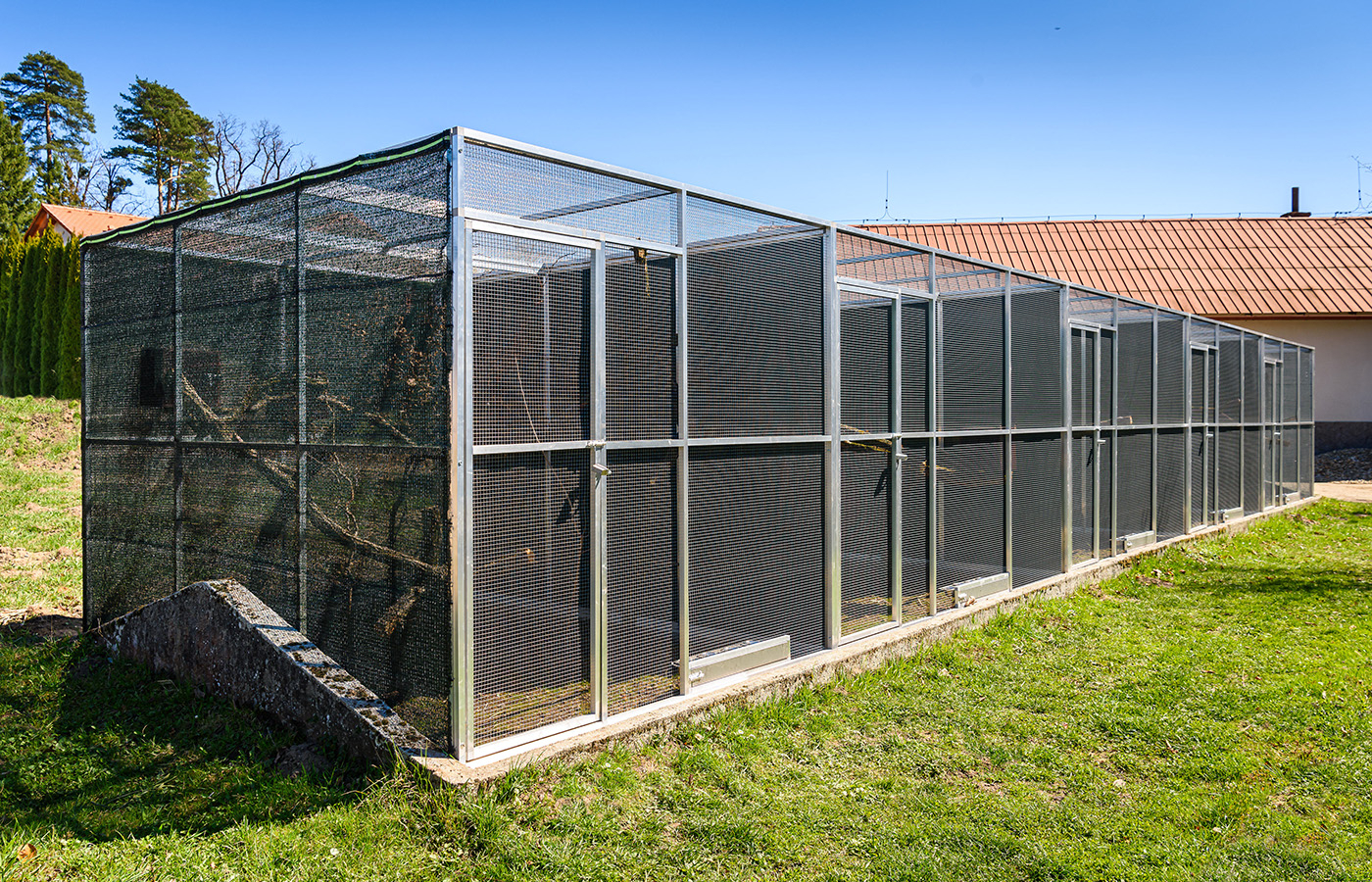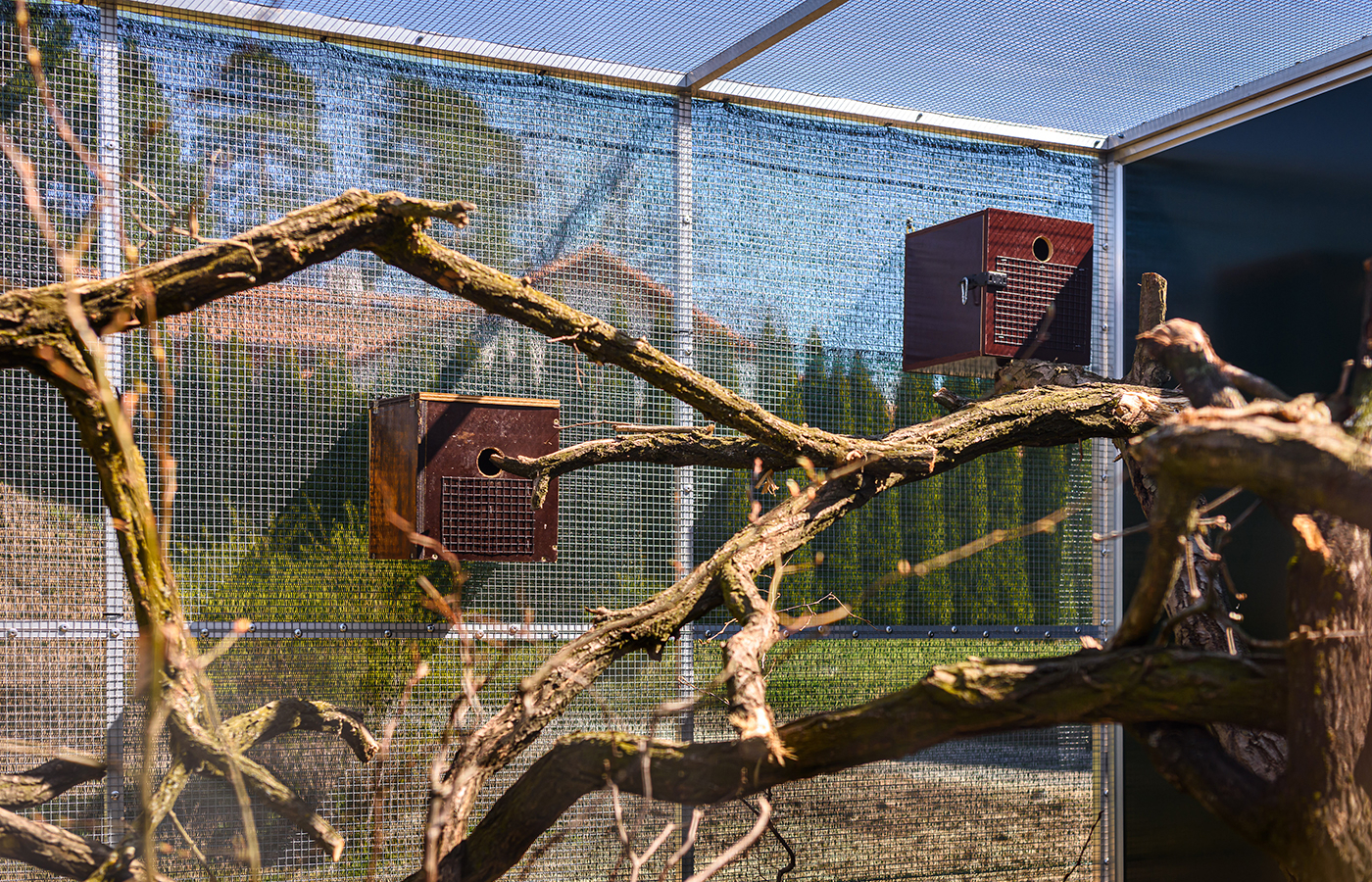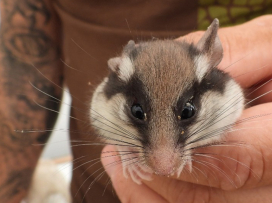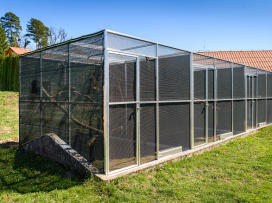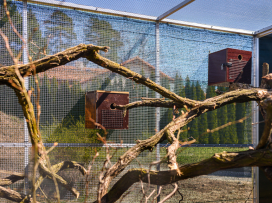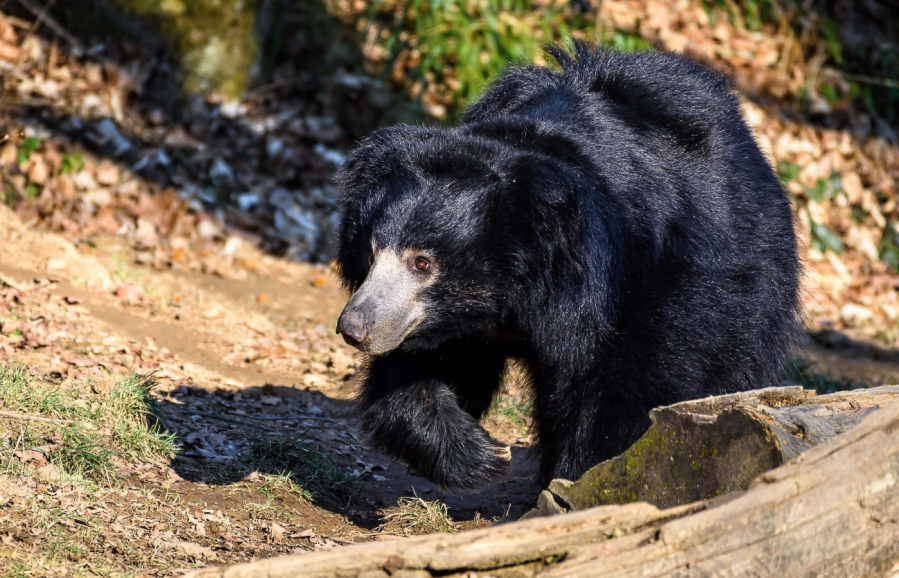A hidden inhabitant of Czech nature
The Zlín Zoo became a part of a project aimed at returning the endangered garden dormouse to the wild.
The most of us have never seen a garden dormouse in the wild. In the Czech Republic, it is classified as a critically endangered species. Populations of garden dormice is declining mainly due to the loss of their natural habitat. In the Czech Republic, they occur in western and northwestern Bohemia, the western edge of the Brdy Mountains, the Šumava region, and the Elbe Sandstone Mountains. In Moravia, the last confirmed sighting was in the 1980s.
In June 2024, the first three breeding dormice were brought to our zoo from the Warsaw Zoo. They were placed into a new enclosure within the breeding facilities. A month later, the zookeepers were pleasantly surprised by the birth of seven young. This year, we are expecting the arrival of two more breeding groups from the Artis Amsterdam Royal Zoo in the Netherlands, which specializes in the breeding of garden dormice. The main goal of the entire project is the reintroduction of the species into the Moravian wild. In cooperation with the Nature Conservation Agency of the Czech Republic, the White Carpathians Protected Landscape Area was selected as the ideal release site.
The release itself is going to take place in several stages. In the first of them, acclimatization aviaries will be built in the selected locations so the animals can adapt to the environment. In the second stage, selected individuals will be fitted with tracking devices, allowing us to monitor their movement after their release into the wild. Fun fact: these tracking devices weigh only 2 grams.
The garden dormouse can be recognized by its gray-brown to reddish-brown back and head, with a sharply defined pure white underside. A distinctive dark stripe of fur runs from its eye to its neck, giving it the appearance of a masked bandit. Its tail is shorter than its body, and its ears are relatively large for its size.
In the wild, garden dormice are not strictly tied to woodland habitats and can also be found around cabins in the woods, haylofts, hayracks, gardens, vineyards, forest clearings and isolated buildings. In addition to these areas, it also seeks out rugged rocks, and stony or scree-covered sites. This small rodent, weighing up to 140 grams, prefers the ground over treetops, building its nests among stones or in bushes. It is a nocturnal animal, and despite being clasisified as a rodent, 80% of its diet consists of animal matter, enjoying insects, invertebrates, small mammals, as well as bird eggs and chicks. Its plant-based diet includes various fruits and tree seeds. In the ecosystem of our nature, it certainly plays an important role—not only as part of the food chain but it also helps spreading various plant and tree species. This helps to maintain the diversity of vegetation in its territory.
Did you know that dormice hibernate for a good half of the year? They enter hibernation stage at the end of October and wake up around late April or early May. During this long sleep, they can lose up to 50% of their body weight. Their nests are large, dry, and well-padded with leaves and grass to protect them from harsh winter cold. For their nests, they use not only tree hollows and underground burrows, but cottages and cabins as well. As a result, owners of these properties often see them more as pests rather than the helpers of nature.
Good to know
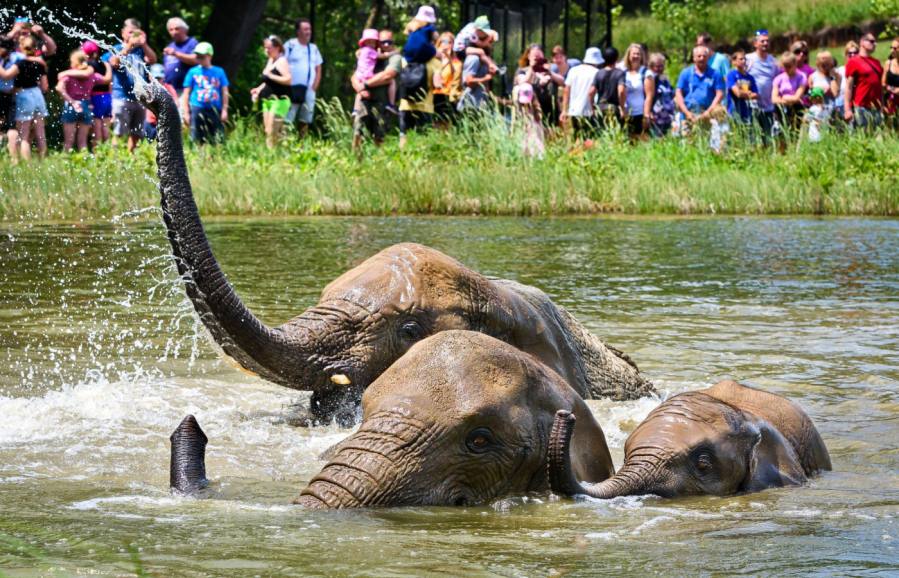
Zlín Zoo Among Top 10 Tourist Attractions in the Czech Republic for 18 Years
We're thrilled! Last year, we became the 7th most visited tourist destination in the Czech Republic! Among Czech zoos, we've proudly held the position of the second most popular zoo continuously…
Explore new things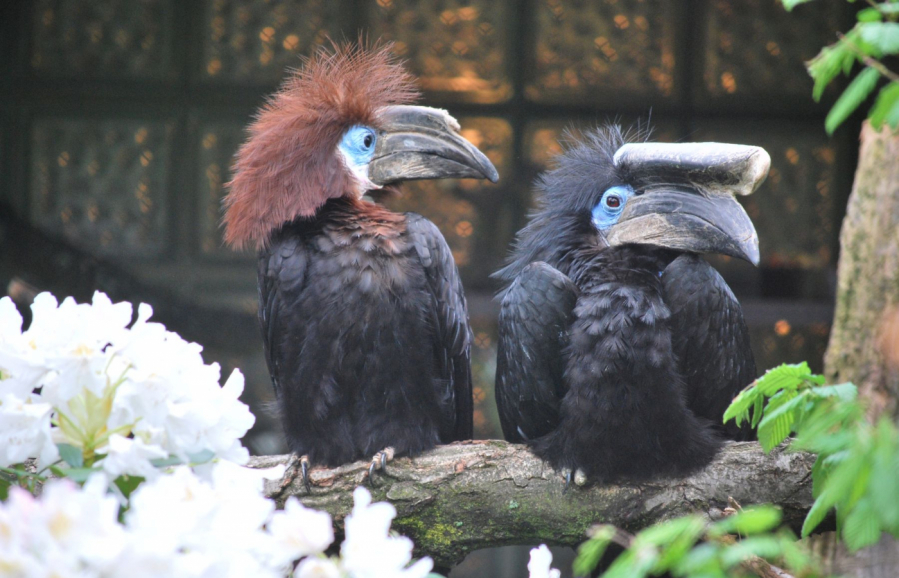
We Won First Place in the 2024 White Elephant Awards
The “zoological Oscar” for an exceptional bird breeding success in 2024 went to us — Zoo Zlín — for the breeding of the thick-billed hornbill.
Explore new things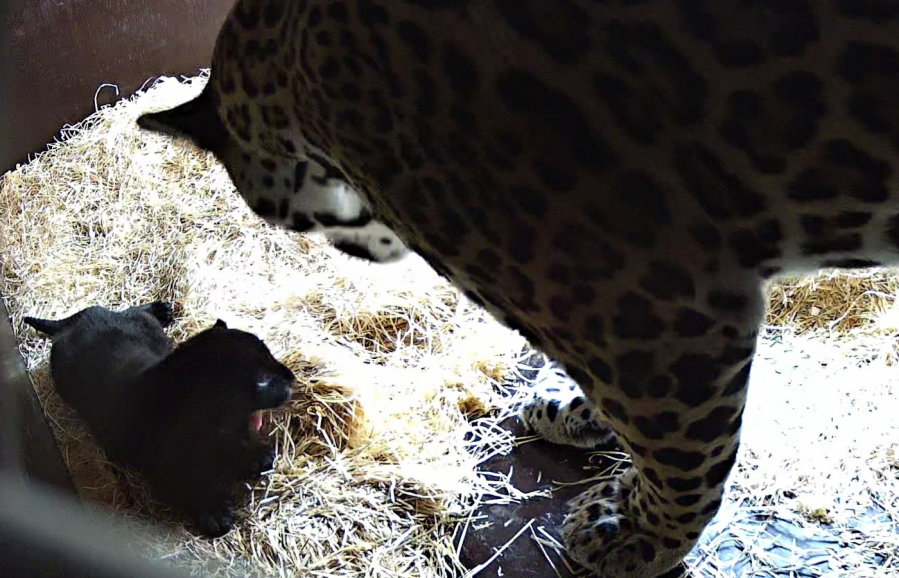
Akabo and Yuna Welcome Their First Cub!
We’re celebrating a breeding success of global importance—jaguars Yuna (5) and Akabo (3) have become parents for the first time!
Explore new things
